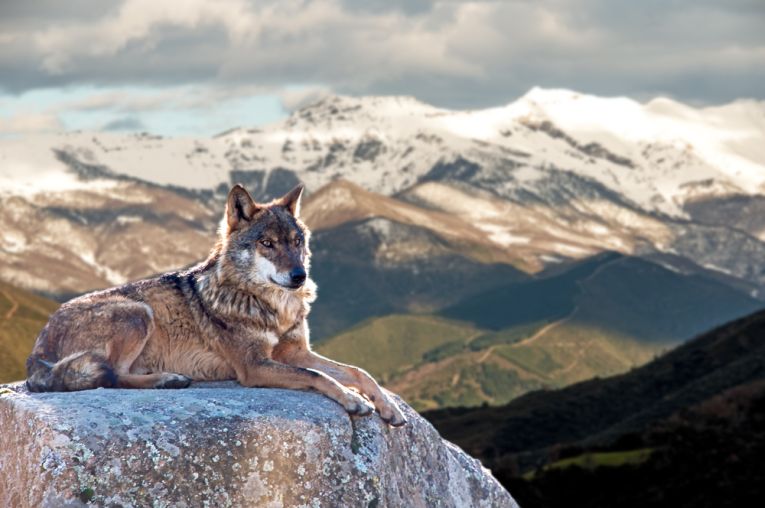The recent success of the wolf has been in reaching territories that have been empty for centuries. The American Midwest, Rome, the North Sea coasts of Europe and even Parisian suburbs are within range. Within 30 years population of the grey wolf, Canis lupus has quadrupled. France, Germany, Scandinavia and Italy have the required wilderness areas, whereas the Netherlands, central Scotland and many other urban areas seem unlikely but possible habitats.
In the Alps, packs have crossed from Italy and reached the French Lozere region, colonising Switzerland on the way. In the east of Europe, people are commenting on the link with rural depopulation and the collapse of the Soviet empire. Deer, both red (known in North America as the elk) and roe, are also much more numerous, so wolves are a useful control agent to prevent damage to both ancient and new forests.
The amazing fact is that few are attempting to reintroduce the species artificially, except perhaps in Scotland. The animal is able to spread from its own efforts, combined with its protected status, of course. In Spain, especially, hundreds are being illegally poisoned, but farmers with little sympathy for the tourist possibilities, are adamant that they suffer financial loss, even though compensated by the government. In Sweden, illegal poaching is the main threat.
The US Yellowstone National Park is the site of a reintroduction 18 years ago. Since then the remarkable effects of fauna and flora have been studied very closely. Hunting has been brought back too, this being America, so we can only hope these animals can be conserved. Elsewhere, the wolf is extinct in several Asian countries such as Afghanistan, with protection now in place a little late. With the successful rural comeback in other areas however, we can expect packs to cross the mountains and return to the former habitat in the future.
We have studied the situation with other Canid species that are much less resilient in stories such as Dhole Conservation. The grey wolf and the North American red wolf need careful watching too, but it's a change to have a species that can look after itself so well, with a little help from its friends.
For further reference the ZSL have a useful paper on the wolf and others such as the Eurasian lynx, published by Rewilding Europe.










